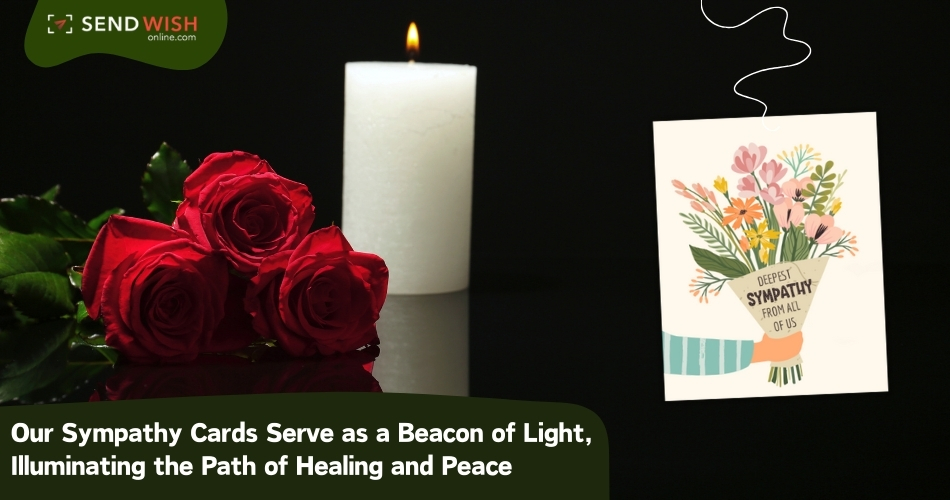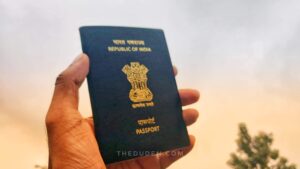In difficult moments, the ability to use words is both a sense of comfort and a way to express the deep feelings we are living. Sympathy card tradition has been an ancient activity using which more heartfelt earnest messages between people are sent and moral and financial support is provided during hard times. This article contains information on the sympathy cards, the gesture of addressing the cardiologist simply and the diverse techniques, by which we can differentiate them, in order to make them more effective and personalized.
The Importance of Sympathy Cards
Support of relatives and friends is priceless in case of the bereavement of a dear one and the bereft one feels completely drowned in the storm. Sympathy cards are a physical token of support showing that they are not alone in grief. Such cards honor the emotional and spiritual agreement between humans and come to fulfill the pure human need for a community of loved ones both in times of comfort and grief.
A Timeless Tradition
The ancient practice of dispatching condolence greetings dates back to the far past, yet it still has a specific related symbolism and a certain specific meaning in most cultures and religions. The proceedings of writing and receipt of the sympathy card and a conclusion are that a person, although being consumed with the loss of someone close, is comforted and appreciated by his/her supporters.
Emotional Support and Healing
The grief can be very hard and the sympathies are playing a key role in making the healing process successful. A sympathy card cleverly written can help in the release from sorrow by reminding the people of lovely moments; in addition, it can also energize them at the darkest times. It is a way to honor the sorrow of death as well as to bring hope and courage into his/her heart.
Crafting Heartfelt Sympathy Messages
Writing a sympathy card can be overwhelming. How do you find the right words to convey your condolences? Here are some tips that will invariably be a great help to you in your writing process.
Keep It Simple and Sincere
The most significant of a condolence message is its sincerity. You don’t have to compose a long letter; even a few simple, but heartfelt words can compose a picture of emotional communication. Use the right words, and let them know you are remembering them faithfully.
Example:
“I am deeply sorry for your loss. Please know that you are in my prayers and my heart during this sad time.”
Share a Fond Memory
If you were acquainted with the deceased, a joyful memory can be both soothing and a reminder of the days when the departed person was happy. It is a kind of an act of paying the tribute to the life of the individual who has passed away and to show that they will be thought about lovingly.
Example:
“I will always cherish the joy that your father’s warm smile and his good-natured spirit brought. He was all a good man and he will be a real class.”
Offer Support
Be a rock for them and make them know that you are around them. Doing so would mean running errands, cooking empahse000, or simply sitting with me to listen. It can also be other things which are comforts.
Example:
“Kindly feel free to contact me not only for your needs but in any aspect you want. I am ready and available to you during this time.”
Avoid Clichés and Overly Formal Language
Though the right thing to do is to be polite, formal and clichés may make it look like you are not genuine. Refrain from using statements such as, “The deceased is better off now” or “Time heals all wounds.” Instead, be real about your emotions and extend a helping hand.
Guidance Using Personalized Sympathy Card
The inclusion of a special touch in your sympathy card can render it even more impactful. These are a few of our suggestions, which will help you to personalize the message and card design by yourself.
Handwritten Letters
Though it is an era of digital communication, a handwritten note can still be a glistening miracle. To put it differently, it implies the fact that you are actually talking to the person and can have a great impact on the receiver.
Custom Card Designs
It is a good idea to make or select a card design that reveals your closest ones’ personality, if it is a fun idea to the dead. A well-designed card, such as those featuring playful decor, serene settings, or icons of religious significance, can add another dimension to the message.
Adding a Personal Touch
If you feel the loss of a loved one or their family, please add a little something specific to the situation, such as a newly forged flower, a picture or a tiny souvenir with a special memory.
When composing a condolence card, be cautious as different cultures and religions have specific death and mourning customs and beliefs. It’s important to be sensitive to these religious and cultural traditions when sending a sympathetic card.
Some taste and beliefs make a difference between different cultures when it comes to issues like death and mourning. It’s a must for you to respect such cultures when expressing your sentiments in a sympathy card.
The Etiquette of Sending Sympathy Cards
In the case of sending paternalistic words of sorrow, the time at which they are sent, as well as the way the sender reacts after the receiver has received the message are crucial factors.
When to Send a Sympathy Card
In a good scenario, you would respond to the first news of sorrow with a small card of sympathy rather than with something you buy for the funeral. However, copywriting is never completely outdated. Even if some time has passed, your message will still be appreciated.
Choosing the Right Format
On the one hand, paper cards are the most usual, but e-cards that are not printed on the card paper can be a choice if you are looking for the fastest way of sending your message. To that end, just remember to mention a personal touch to your e-card.
Follow-Up
If a phone call, visiting the loved one, or sending a second note are the means through which you can express them the sympathies were offered, go for it if you were somewhat near to the passing away of the person or if you knew their family. Grief doesn’t fade away after the burial of the body, and ongoing comfort can have positive effects on people.
Conclusion
Card of grief is tremendously significant way of showing condolence and rendering the necessary psychological comfort for those sorrowing. You can, through the sincerest statements and the fullness of your own card, provide at least some consolation that the hard time experienced has turned the bereaved to the other side. Note that what is extremely important is to assure the bereaved that are still in your mind and care are the fundamentals for the expression of sympathy. Sharing your words, whether they are simple or not, can greatly help someone who is navigating the pain of a loss.



